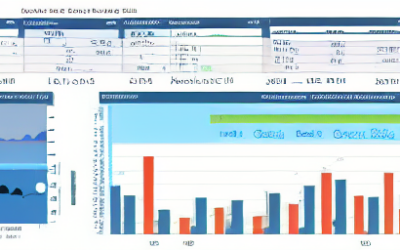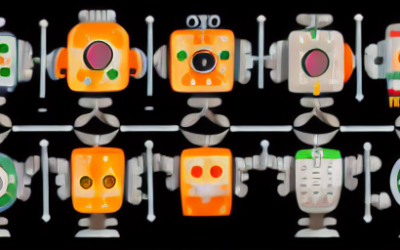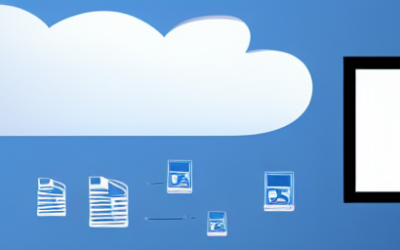Cloud computing solutions are a type of technology that uses the internet to store, manage, and process data. It is a form of technology that has become increasingly popular in recent years due to its flexibility and scalability. The biggest benefit of cloud computing is that it allows businesses to access large amounts of computing power without having to invest in expensive hardware and software.
Tech Blog
Tech Insights, Information, and InspirationWhat is Kubernetes?
Kubernetes is an open-source container orchestration system used to automate the deployment, scaling, and management of containerized applications. It enables users to schedule and manage containerized applications on clusters of hosts. Kubernetes was originally developed by Google and is now maintained by the Cloud Native Computing Foundation.
The Stages of Data Analytics
Data analytics is the practice of collecting, cleaning, organizing, and analyzing large sets of data to identify meaningful patterns and trends. The goal of data analytics is to bring insights to business processes and operations, helping organizations make smarter decisions and achieve better outcomes. Data analytics can be used to drive customer segmentation, marketing campaigns, product innovation, and more.
Infrastructure as Code (IaC)
Infrastructure as Code (IaC) is a type of DevOps practice that enables organizations to manage and provision their IT infrastructure using software code. It is an approach to managing and configuring computing infrastructure (networks, virtual machines, storage, and so on) in a programmatic way. This includes the automation of manual processes, such as the deployment and configuration of cloud resources.
RPA Software Technology
Robotic Process Automation (RPA) software is a type of technology that enables businesses to automate high-volume, time-consuming tasks. This type of software uses artificial intelligence (AI) and machine learning algorithms to automate manual, repetitive tasks. It is designed to increase efficiency, reduce costs, and improve customer service.
Microservices Architecture
Microservices Architecture is an application development strategy that enables developers to build applications as a suite of small, loosely coupled services. These services are independently deployable and scalable. Each service runs a unique process and communicates through a well-defined, lightweight mechanism, such as an HTTP resource API.
Cloud Native Architecture
Cloud Native Architecture enables organizations to build and run highly scalable applications in a cloud-based environment. It helps enterprises quickly develop and deploy applications that are cost-effective, secure, and resilient. Cloud Native Architecture leverages containerization and microservices to enable agile development, continuous integration, and delivery. This architecture also provides automated infrastructure provisioning, scaling, and monitoring, allowing organizations to focus on their core business.
Datafication: Both Sides of the Story
Datafication is the process of turning data into a commodity. This can be done by collecting data from various sources and then packaging it into a format that can be sold or traded.
What is reinforcement learning?
Reinforcement learning (RL) is an area of machine learning that focuses on how an agent takes actions within an environment in order to maximize a reward. This type of learning involves trial and error, with the agent receiving positive reinforcement when it performs a desired behavior, and negative reinforcement when it doesn’t. In this way, the agent is able to learn from its mistakes and adjust its behavior accordingly.
Distributed Cloud Technology
Distributed cloud technology refers to a distributed computing model in which cloud resources are spread across multiple physical locations. This model can provide a number of benefits, including improved performance, scalability, and availability.
Get In Touch
UseTech Design, LLC
TROY, MI • BLOOMFIELD HILLS, MI
Call or text +1(734) 367-4100










